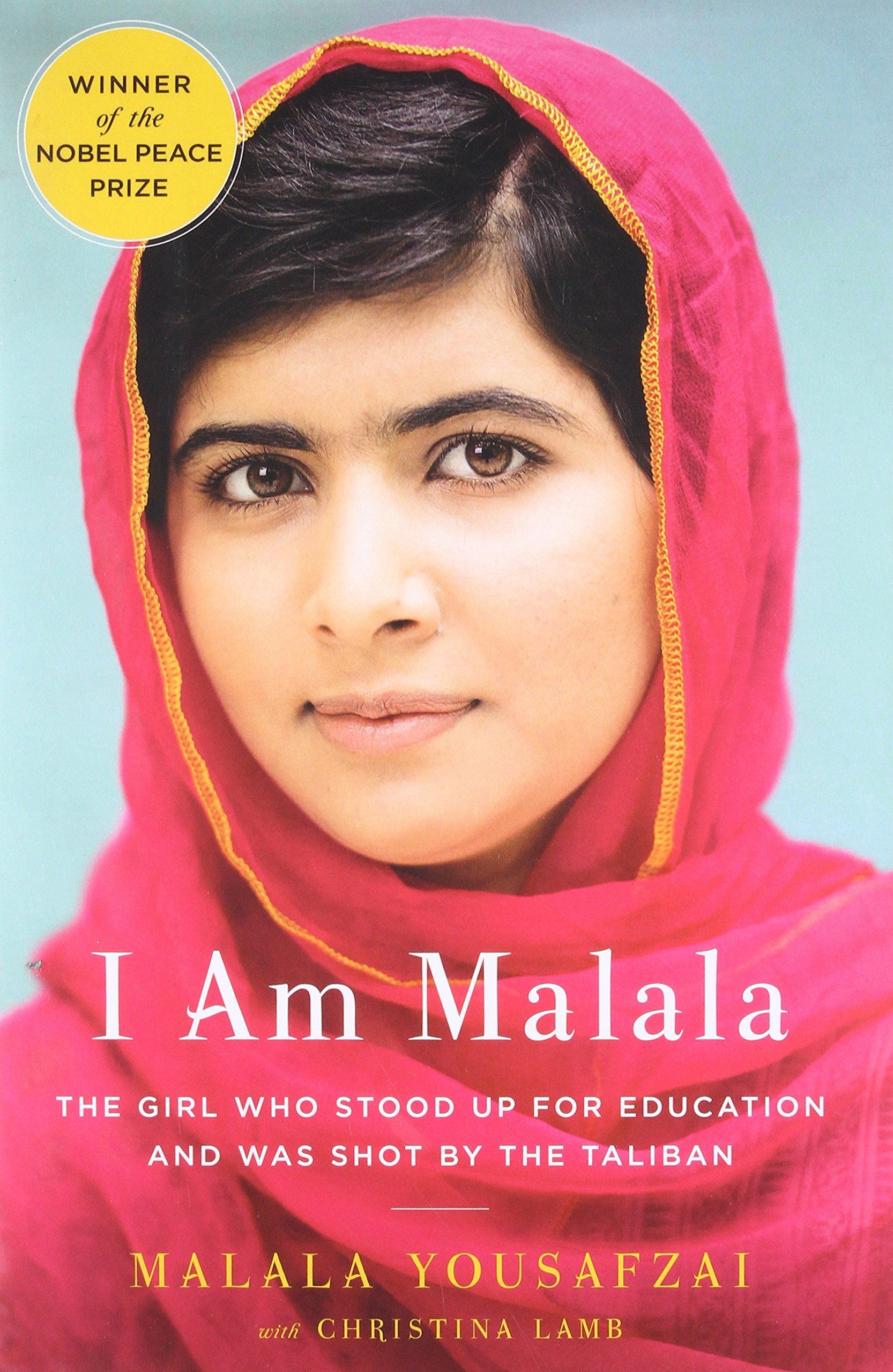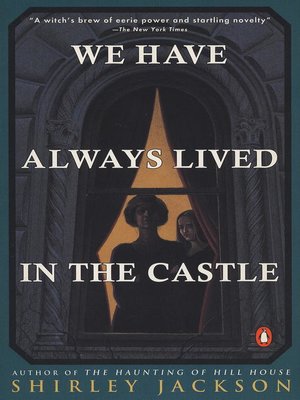Continuing the monthly summaries of what I’ve been reading and listening to:
BOOKS
To keep my numbers consistent with what I have listed on Goodreads, I count completed magazine issues and stand-alone short stories in ebook format as “books.” I read or listened to 18 books in February: 12 in print, 4 in ebook format, and 2 in audio. They were:
1. Lightspeed Magazine #105 (February 2019 issue), edited by John Joseph Adams. The usual fine assortment of sf and fantasy short stories and novellas. This month’s favorites for me were Carrie Vaughn’s “Marlowe and Harry and the Disinclined Laboratory,” Ashok K. Banker’s “Oath of a God,” KT Bryski’s “Ti-Jean’s Last Adventure, as told to Raccoon,” and Kat Howard’s “Hath No Fury.”
2. The Thing: Liberty Legion, by Roy Thomas, John Buscema, Sal Buscema, Frank Robbins, Don Heck, and others. This hardcover collects stories from Marvel Premiere, The Invaders, Fantastic Four and Marvel Two-In-One to tell a time-hopping story involving some of my favorite tertiary-level Marvel characters. The art style varies greatly between the four main artists and that might be a turn-off for some folks (I personally miss both Frank Robbins and Don Heck’s work.) I still own all of the original monthly issues these stories appeared in, as well.
3. The Terrifics Vol 1: Meet The Terrifics, by Ivan Reis, “Doc” Shaner, Jeff LeMire, and others. DC brings four unlikely characters together as a team: the long-existing Mr. Terrific, Plastic Man and Metamorpho and a new version of Phantom Girl, in a loving pastiche of that other fantastic foursome published by Marvel. The characterizations are solid and make me want to pick up the second volume when it comes out, but there’s a feeling towards the end of the volume like the story has taken a jump that never really gets explained.
4. Check, Please! Year Three, by Ngozi Ukazu. Bitty’s junior year on the Samwell hockey team is full of secrets, revelations, supportive friends and more than a little drama. I’ve enjoyed the three volumes of this so far, and might just have to catch up on Year Four on the webcomic rather than waiting for the next Kickstarter. And I am way out of practice reading regularly-updated webcomics.
5. Scrum by P.D. Singer. Picked this very short novella up because I’ve suddenly grown an interest in reading gay sport romances (see Check, Please! Above), it popped up as a free Kindle read and I’m not really familiar with the sport of rugby so a story told from the POV of a guy who also has no familiarity with the sport should have been an easy sell. I left the story feeling like I knew a little bit more about rugby, but the romance angle didn’t work for me. Too much “creepy-stalk the hot sports star” for me.
6. Brothers Keepers by Donald E. Westlake. Another of Westlake’s more fun crime thrillers, this one involving the impending shut-down of a monastery in the middle of Manhattan thanks to a real-estate deal / land-grab that involves a theft from the monastery, family secrets, and one Brother going way outside his comfort zone to save the day. A fast, fun read.
7. The Spark by David Drake. The first in a new “Arthurian SF saga,” recommended by a friend. The first half doesn’t feel particularly Arthurian but sets the stage and main characters well enough so that when the familiar Arthurian tropes do appear, it becomes obvious you’ve been reading about a futuristic Sir Percival/Parzival the whole time. (His name is Pal, so yes, that should have been a give-away right off….) Really enjoyable read, but lots of hand-waving to explain the future tech and this world’s versions of the Mortal World, Faerie, and the spaces in-between.
8. The City Beyond Play by Philip Jose Farmer and Danny Adams. A really wonderful SF novella about a small city-state that cuts itself off from modern times and lives “as the medieval times should have been lived.” There’s a bit of romance, a lot of derring-do and a ton of interesting world-building. You can find a longer review of this book if you page back through my blog to HERE.
9. Isola, Chapter One, by Brendan Fletcher, Karl Kerschl and others. A powerful queen has been cursed to live as a tiger, and her bodyguard must find a way to reverse the curse and get to the truth of what’s behind it all. Very solid world-building and character-building in this first trade collection. The art is a mix of manga and Chinese influences, I think, that give it a particular kind of beauty.
10. Bedfellow, by Jeremy C. Shipp. Shipp’s second novella from Tor.com is as eerie as his first (“The Atrocities”). A mix of physical and psychological horror that works on all levels and doesn’t necessarily provide easy answers.
11. The Voyage of Argo, by Apollonius of Rhodes, translation by E.V. Reiu. I’m almost ashamed that I never realized there was an actual epic poem that served as the basis for the Jason and the Argonauts movies and stories I loved so much, until I tripped across this. The classic 60s movie took a lot of liberties with the sequence of events from this original and was the more exciting for it. Reiu’s translation is interesting as source material, but kinda lifeless in many ways.
12. Legion Vs. Phalanx: The Epic Struggle for Infantry Supremacy in the Ancient World, by Myke Cole. My first non-fiction read (as opposed to listen) of the year was way outside my wheel-house. I’m not a student of the military or military history, and most of what I remember about the Greeks, Romans, and associated empires is thanks to mythology. But Cole’s intent with this book was to make the discussion understandable to people like me, and he did a great job. I still can’t quote times and names to you, but I could probably give you a decent idea of the differences between a legion, a phalanx, and who Cole thinks the clear winner is.
13. The Man Who Corrupted Hadleyburg, by Mark Twain. Another classic I don’t think I’d ever read before but have thanks to my subscription to Melville House’s series “The Art of the Novella.” And I loved it, as I love so much of Twain’s work. There’s snarky humor, of course, but also social commentary that is as pertinent today as it was when the novella was written. And I love the fact that we never really find out who the aggrieved man is who manages to corrupt and incorruptible town.
14. Scratchman (A Doctor Who novel), by Tom Baker. What a fun, nostalgic read. Apparently this is adapted from a movie script Baker co-wrote. The first half feels absolutely like ClassicWho; the second half feels very meta and drops a few comments about the Doctor’s “future” (for him, anyway). I think there was even a little Clara Oswald cameo (tying to her “Impossible Girl” status from NewWho). And listening to Baker read it was an extra treat. He’s a great storyteller.
15. Diaries: The Python Years 1969-1979, by Michael Palin. Interesting to hear Palin read, unexpurgated and emotionally raw, his diary entries from Python’s heyday. A very different feel from the Idle and Cleese memoirs I read late last year.
16. Section Zero Volume 0, by Karl Kesel, Tom Grummett, and others. It’s no secret that I’m a huge fan of 50s-60s-era “adventure team” comics: give me the Time Masters, the Sea Devils, the Challengers of the Unknown, Cave Carson’s crew, the original Secret Six, and I’m all in. Kesel and Grummett hooked me from page one with this mysterious “group-of-usually-four” that ages in real time and has a lot of backstory to be revealed. Grummett is also one of my favorite comic artists. I love his clean, open, expressive style.
17. The Problem of Susan and Other Stories, by Neil Gaiman, P. Craig Russell, Scott Hampton, Paul Chadwick, Lovern Kindzierski and others. Dark Horse Comics continues to publish Russell’s adaptations of Gaiman stories and books, although this time the artist has some help. The title story, drawn by Russell, is Gaiman’s rumination on what happened to Susan after the Narnia books and it’s quite good, but I was also happy to see how well “October in the Chair” converts to graphic form.
18. At Home in the Dark, edited by Lawrence Block. A great anthology of very dark short stories – mostly crime but a few sf/fantasy/western to keep the reader on their toes. A longer review will be forthcoming in about a week or so on this site, but for now the individual stories are listed below, and I can easily call out the Joe Hill, Joe R. Lansdale, Elaine Kagan and James Reasoner stories as favorites.
So eighteen books in February, which Goodreads told me was a few ahead of goal for the month/year.
STORIES
I have a goal of reading 365 short stories (1 per day, essentially, although it doesn’t always work out that way) each year. Here’s what I did read and where you can find them if you’re interested in reading them too (with some short notes for stories that really stood out to me). If no source is noted, the story is from the same magazine or book as the story(ies) that precede(s) it:
1. “Life Sentence” by Matthew Baker, from Lightspeed Magazine #105 (February 2019 issue), edited by John Joseph Adams.
2. “Okay, Glory” by Elizabeth Bear
3. “The Incursus By Asimov-NN#71” by Gord Sellar
4. “Marlowe and Harry and the Disinclined Laboratory” by Carrie Vaughn
5. “The Perpetual Day” by Crystal Koo
6. “Ti-Jean’s Last Adventure, As Told To Raccoon” by KT Bryski
7. “Oath of a God” by Ashok K. Banker
8. “Healing Benjamin” by Dennis Danvers
9. “Hath No Fury” by Kat Howard
10. “On The Side” by Seanan McGuire, on the author’s Patreon page.
11. “Hot Pants” by Elaine Kagan, from the anthology At Home in the Dark, edited by Lawrence Block
12. “The Eve of Infamy” by Jim Fusili
13. “Night Rounds” by James Reasoner
14. “The Flagellant” by Joyce Carol Oates
15. “The Things I’d Do” by Ed Park
16. “Favored to Death” by N.J. Ayres
17. “Rough Mix” by Warren Moore
18. “This Strange Bargain” by Laura Benedict
19. “The Senior Girls Bayonet Team” by Joe R. Lansdale
20. “If Only You Would Leave Me” by Nancy Pickard
21. “Giant’s Despair” by Duane Swierczynski
22. “Whistling in the Dark” by Richard Chizmar
23. “O, Swear Not by the Moon” by Jill D. Block
24. “Nightbound” by Wallace Stroby
25. “The Cucuzza Curse” by Thomas Pluck
26. “Cold Comfort” by Hilary Davidson
27. “Faun” by Joe Hill
So that’s 27 short stories in February, leaving me still slightly behind for the year so far. (February 28th was the 59th day of 2019.)
Summary of Reading Challenges:
“To Be Read” Challenge: This month: 0 read; YTD: 0 of 14 read.
365 Short Stories Challenge: This month: 27 read; YTD: 52 of 365 read.
Graphic Novels Challenge: This month: 6 read; TYD: 10 of 52 read.
Goodreads Challenge: This month: 18 read; YTD: 29 of 125 read.
Non-Fiction Challenge: This month: 02; YTD: 02 of 24 read.
Read the Book / Watch the Movie Challenge: This month: 0; YTD: 0 of 10 read/watched.
Complete the Series Challenge: This month: 0 books read; YTD: 0 of 16 read.
Series fully completed: 0 of 3 planned






